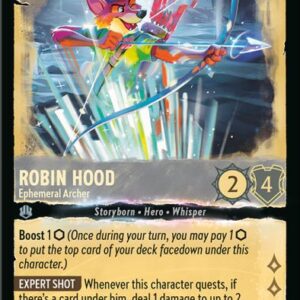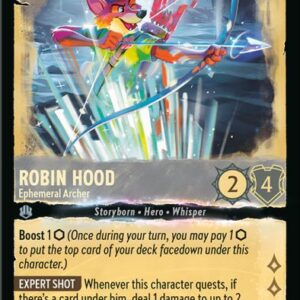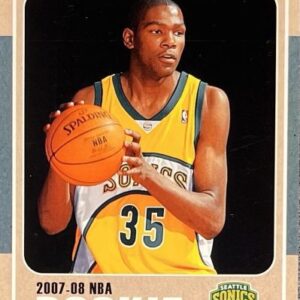In the urban tapestry of New York City, where the relentless beat of life reverberates through subways, skyscrapers, and street vendors, inspiration often lurks in unexpected corners. It was amidst this symphony of chaos and diversity that Phil Imbriano, a senior designer at Topps, found the spark that would ignite the creation of the 2025 Topps Series 1 baseball cards. Phil’s muse? A mundane subway ride—one of those daily commutes that blur into life’s background shuffle, typically accompanied by the symphony of fleeting glances at fellow passengers and contemplative musings.
On one nondescript day, as the subway screeched around curves and lulled its passengers into introspection, Imbriano’s gaze fixed on an innocuous yet captivating red-and-silver badge tucked discreetly in a train’s corner. Its sleek lines and robust curves struck a chord, resonating like an unsung melody. Thus, with a quick click of his camera, he captured the moment, and before the rhythmic clatter of the train brought him to his Topps office, the creative wheels had been set in motion.
Like a master artist swept away by serendipity, Imbriano embarked on a journey of sketches that transitioned from fleeting ideas to the vibrant backbone of Topps’ latest collectibles. When today dawns, collectors will behold the final fruit borne of this serendipitous start—the 2025 Topps Series 1 baseball cards, where nostalgia and novelty intertwine harmoniously.
Reflecting on this creative odyssey, Imbriano remarked, “I love drawing inspiration from everyday things. It could be a building, a sign—just something that catches my eye. I take pictures and refer back to them later. You never know when something simple will turn into something big.” Such profound musings about inspiration capture the essence of how everydayness can transcend to significance.
The 2025 design stands boldly, with its striking dual lines sweeping around the card’s perimeter—a subtle nod to the iconic 1982 Topps set, though the homage was accidental. This new look is colored in the hues that echo each team, a vibrancy that appears both modern yet steeped in tradition. Initially, Imbriano’s thoughts wove around the woodgrain aesthetics emblematic of the 1962 and 1987 sets, yet, somehow, the 1982 echoes found their way back, synchronizing past with present.
This voyage of design wasn’t solitary; Topps thrives on its competitive process where designers pit their creations against over twenty rival propositions. Imbriano’s vision emerged victorious through rigorous scrutiny—a testament to his creative acumen and the fervor that infused the creation process. In fact, elements from past entries often bricolage their essence into subsequent designs, with this year’s distinct field graphic hedging its illustrative prominence in the bottom right corner as a keepsake of such iterative evolution.
Crafting a baseball card is no haphazard musing—a fact reiterated by Imbriano’s commitment, segueing through ten different versions before grounding on what feels ‘just right.’ He states, “There’s so much that goes into this process. I don’t think most people realize how much work happens before they ever hold the card in their hands.” Indeed, so many moving parts that culminate in a timeless artifact that collectors cherish.
Once digital concepts mature into tangible ideas, it’s time for them to take a leap into physical space. Clay Luraschi, Topps’ senior vice president of product, paints this phase vividly, underscoring the rigors of transforming designs from digital to reality: “When we’re down to the final five designs, we actually print them out and simulate opening a pack. It’s a long, competitive process, and it’s one of the biggest debates we have in the office all year.” He adds, emphasizing the legacy these cards carry, “Everyone on the team knows how important this is. This is the 74th edition of Topps baseball cards. From the early days when Sy Berger designed them on his kitchen table to today’s high-tech process, we all take that legacy seriously. It’s a big deal—but also a lot of fun.”
Yet, the brilliance of the base design spills over—it’s just the genesis of what Topps Series 1 offers in 2025. Enhanced by enthralling subsets that capture the essence of baseball lore, from Future Stars and All-Topps Teams to the evocative Training Grounds and Call to the Hall series. These subseries swirl around the tableau of baseball’s past and present, celebrating the pomp of Hall of Fame inductees and spring training’s frenetic energy.
Dazzling features weave their magic, like the City Connect Swatch Collection Autographs, and those with a penchant for wood can revel in the Heavy Lumber Autographs. Signature Tunes hold charm for audiophiles—it pairs players with musical maestros responsible for their electrifying walk-up songs. Also, the First Pitch series appeases lovers of celebrity allure, capturing the joy of ceremonial first pitches lofted last season by stars across the spectrum.
A special treat winks at Dodgers fans, with distinct base-card variations immortalizing celebratory moments, like Freddie Freeman’s jubilant hip-sway—the infectious ‘Freddie Dance’—invoking the heart’s rhythm in one captivating motion.
This year’s innovative journey pays homage to the unforgettable flamboyance of the 1990 Topps set as it celebrates its 35th anniversary. Still at its core lies Imbriano’s dynamic new base design—where each card emerges as a cinematic vignette, a mini poster serendipitously discovered in a collector’s grasp. Imbriano distills his creative philosophy succinctly, “I approach designing cards like I would a movie poster. Each card should stand out on its own, almost like a mini poster in a collector’s hands,” endowing each card with a life of its own.
Embracing this collector’s mindset defines Topps’ ethos. Phil’s design is more than just form and function; it is a vessel that carries baseball’s indomitable spirit across generations. As Luraschi ruminates, “Fifty years from now, people should be able to look at a card and instantly recognize the year it’s from. This one absolutely nails that idea.” It wraps the past, present, and future into a meticulous design, inviting everyone to indulge in the nostalgia and excitement of America’s pastime, now articulated with the modern cadence of subway inspiration.






